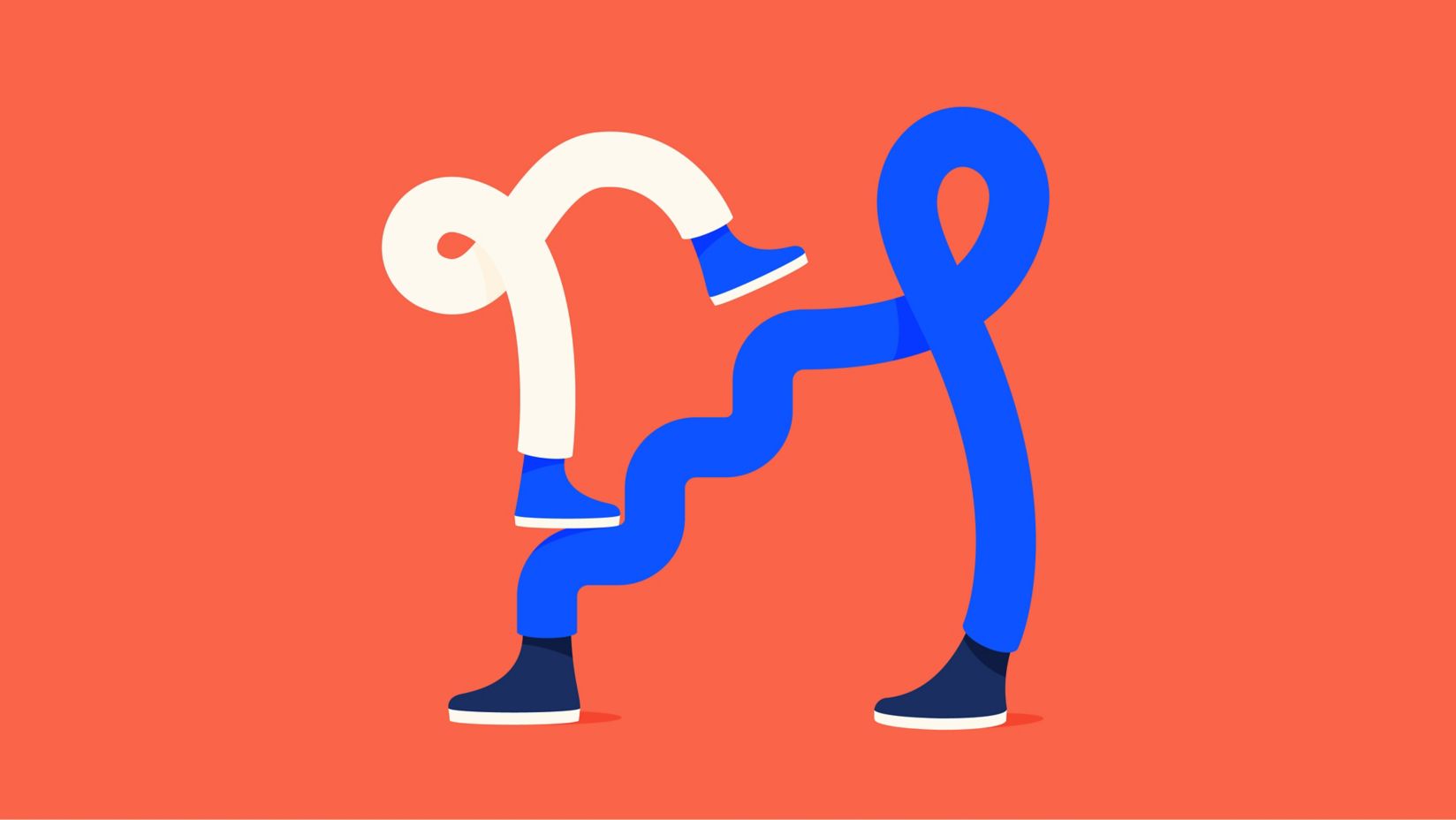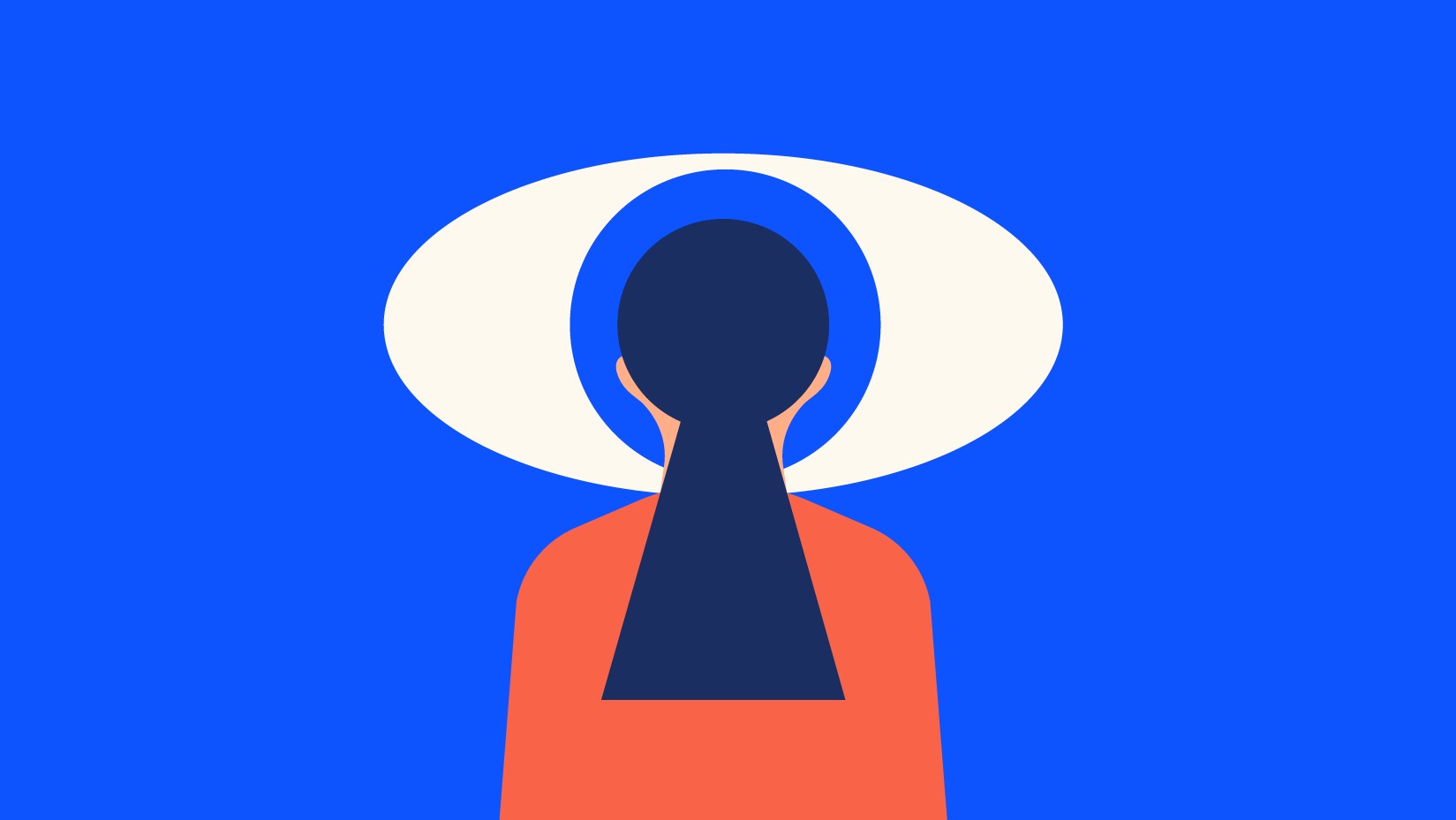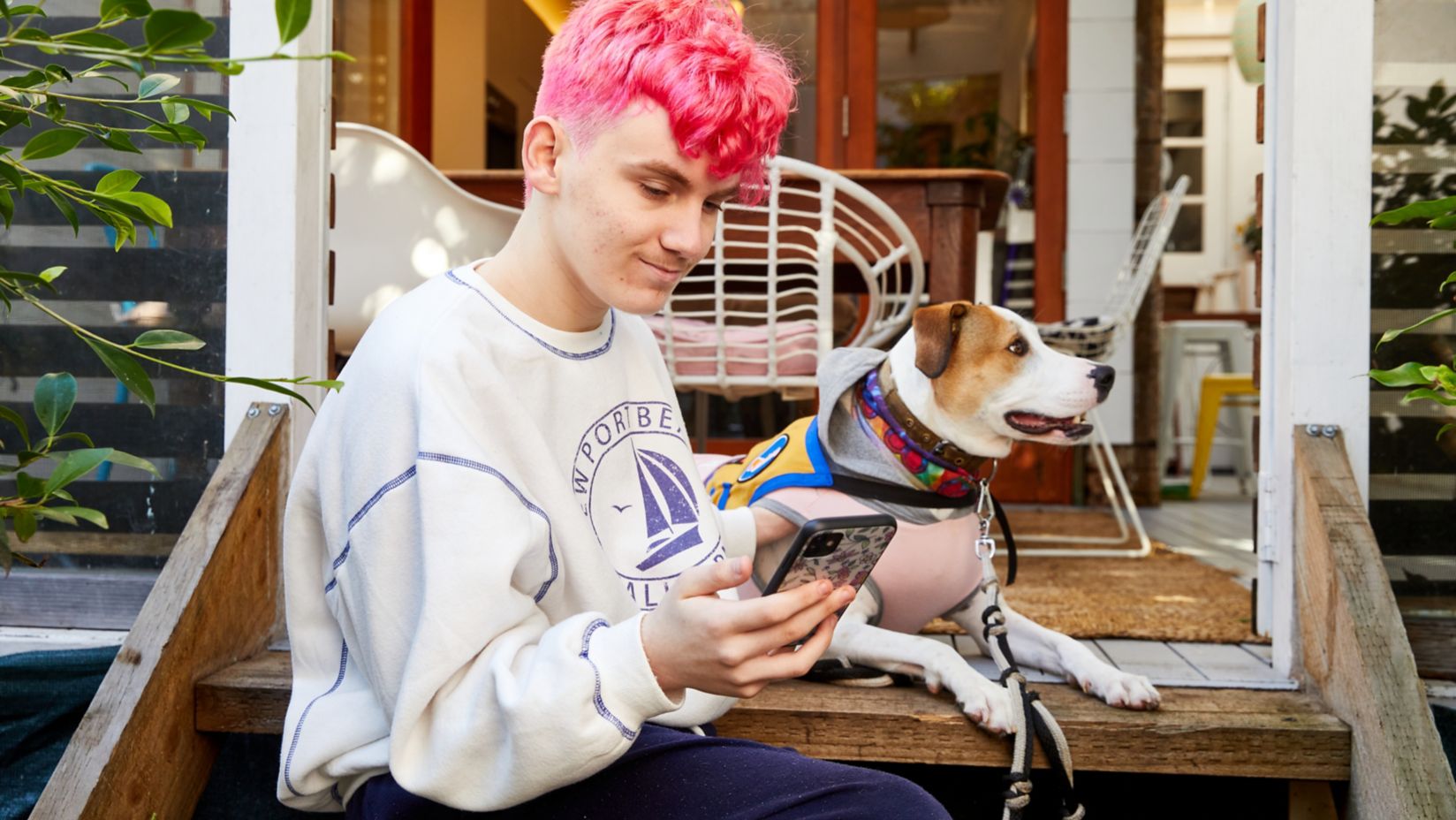A guide to helping kids thrive in the age of AI
Navigate the AI era with our insightful guide. Understand AI essentials, its impact on daily life, and how to inspire ethical and creative use.

It’s crazy how much AI is changing things! AI’s influence is expanding rapidly in our daily lives, from Netflix suggesting what to watch to Siri answering our random questions. We have a big opportunity – and a big responsibility – to help kids understand the tech that’ll shape their future and use it responsibly.
Understanding AI: keeping it simple
We need to give our kids a basic understanding of AI. They don’t need to become experts. Giving them the right tools can help them make better sense of it all.
Let’s break it down:
AI in everyday life
Our kids are already interacting with AI in so many areas of their digital lives. Introduce AI as part of what they already know. For example, Netflix suggests shows for us to watch by using AI to learn what we like. When we talk to Siri or Google Assistant, that’s AI understanding our commands. Many apps, like social media and games, use AI to make things more personal for us. AI even helps with tasks like keeping spam out of our email and helping us find the fastest route on maps.
How AI learns
In a nutshell, AI learns from data in a way that can be compared to training a dog. For instance, AI that recognises kangaroos has been shown numerous pictures of them. Just like a dog you show it what to do, reward it when it gets it right, and correct it when it gets it wrong. Essentially, AI is a tool that uses information to make guesses, decisions, or create things. And the better the information it receives, the better the AI performs. It's important to make sure that the data AI learns from is diverse and inclusive, representing all genders to avoid biases and promote fairness.
Different types of AI
AI isn’t just one thing; it comes in different types.
- Narrow AI: which does one specific job, like recognising images or translating languages. This is the type of AI we see most often today.
- General AI: which is like a super-smart robot that can do many different things, just like a human. But right now, we don't have this kind of AI yet.
- Generative AI: which is a type of AI that can create new things, like writing stories, drawing pictures, or making music. It learns from examples and then makes something new based on what it learned. For example, it can write a new song after listening to lots of other songs. To learn more on how AI is shaping the digital world, check out the eSafety Commissioner’s position on generative AI.
Using AI ethically
It’s important to teach our kids to use AI responsibly. It’s a powerful tool, and we want to make sure they use it and that they’re getting the very best out of it for themselves.
Here are some great conversation starters:
Bias and being fair
AI can be unfair because it learns from the information it’s given. If that information is biased, the AI will be too. For example, a game that doesn’t work well for characters with certain skin tones shows bias. To make sure AI is fair, we need to give it diverse and representative data. This means including information from various sources and perspectives. For instance, if AI is being trained to recognise faces, it should see images of people from different ethnic backgrounds to ensure it works accurately for everyone. Similarly, making sure that AI learns from data that includes all genders helps promote gender equality and fairness.
Privacy and data
AI uses a lot of information, much of which comes from what we do online. So, it’s important to keep our personal details safe and think about what we share. To understand the importance of this, check out why digital literacy matters for parents and carers.
Spotting fake content
AI can be used to make fake images and videos that look real. These are called ‘deepfakes’ and can be used to trick people. We need to teach our kids to be critical thinkers and to check information from different sources. Discover helpful resources on digital literacy and spotting misinformation.
How AI affects the world
It's important to talk with your kids about how AI might change jobs, the economy and our way of life. Not all changes may be good, so it's helpful for them to think about these impacts. Discussing how AI can impact different genders differently and making sure we create AI that is fair to everyone can help make the future more equal for all.
Encouraging innovation with AI
Here’s how:
Coding and AI
Coding is important for understanding and using AI. The Telstra Foundation helps young people enter the digital world by providing resources and opportunities to learn coding and other digital skills. Platforms like eSmart Digital Licence+ also help build digital skills and awareness in a fun, interactive way. Show kids how AI is solving real-world problems, like helping farmers or creating technology for people with disabilities.
Creative AI
There are AI tools for making art, music and stories. Encourage your kids to experiment and see what’s possible. Talk about how AI can help us be even more creative. For example, AI can help generate music, assist in writing stories, or even design video game characters. It’s not about replacing creativity – it’s about enhancing it.
Critical thinking and AI
Critical thinking is about thinking carefully and asking questions to understand things better. Think about how we can use AI to solve problems we see around us. Also, remember to think about how our AI creations might affect other people.
Let’s get our kids ready for an AI-powered future
AI can change the world in many ways. It can create new jobs and make work easier by doing repetitive tasks, allowing people to focus on more creative things. For example, AI can help businesses make better decisions and improve customer experiences. In healthcare, AI can help doctors diagnose diseases and create personalised treatment plans. In education, AI can provide personalised learning experiences for students.
AI can also help solve big problems like climate change by optimising energy use and predicting environmental changes. It can make life easier for people with disabilities by providing tools like speech recognition and automated translation. By talking about these things with our kids, we can help them understand how AI can impact the world and encourage them to think about its potential.
Help protect yourself from hackers, scams and online nasties
Help control and monitor your kids’ device usage, block inappropriate content and set digital time-outs.
Explore more on this topic

Our Digital Family Hub
Visit us for more resources and tips on encouraging good online behaviour.
Explore our tips


